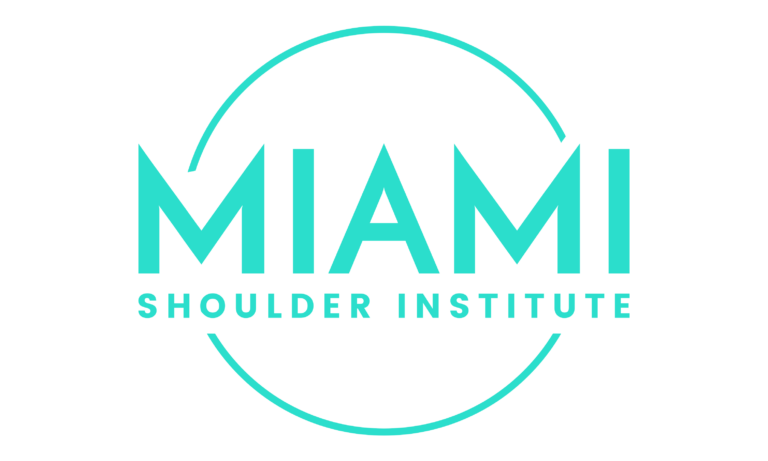
A rotator cuff tear refers to a condition where one or more of the tendons that make up the rotator cuff are partially or completely torn. The rotator cuff is a group of four muscles and their tendons that provide stability and allow movement of the shoulder joint. These muscles and tendons work together to facilitate actions like lifting the arm, rotating it, and maintaining shoulder stability. Tears in the rotator cuff can significantly affect shoulder function and lead to pain, weakness, dysfunction, and arthritis.
Rotator cuff tears can be categorized into several types based on severity and cause:
Common causes of rotator cuff tears include:
• Trauma or injury: A sudden, forceful movement or fall can tear the rotator cuff.
• Overuse: Repetitive overhead activities (e.g., painting, lifting, swimming) can stress the tendons, leading to wear over time.
• Age-related degeneration: Tendons become weaker and thinner with age, making them more prone to tearing.
• Poor blood supply: The rotator cuff has areas of limited blood supply, leading to decreased healing capacity.
• Bone spurs: Bony projections can develop on the underside of the acromion, rubbing against the rotator cuff tendons and causing tears. This is likely a natural progression of the disease process leading to bursitis.
Symptoms of a rotator cuff tear can vary depending on the severity of the tear:
• Pain: Often described as a dull, aching pain over the top or side of the shoulder. It can worsen at night, especially when lying on the affected side.
• Weakness: Difficulty lifting the arm, especially above shoulder level, or performing tasks that involve rotation.
• Limited range of motion: Restricted movement, especially when reaching overhead or behind the back.
• Crackling or popping sensation: A grating feeling or noise when moving the shoulder due to tendon damage.
• Difficulty with daily activities: Challenges with routine tasks like combing hair, dressing, or lifting objects.
Diagnosing a rotator cuff tear involves:
• Patient history: Assessing symptoms, onset of pain, and any recent injuries or overuse.
• Physical examination: Evaluating range of motion, strength, and performing specific tests (e.g., the Drop Arm Test, Empty Can Test, Lift-Off Test, Belly-Press, Bear-Hug, and others).
• Imaging:

Rotator cuff tears can be categorized into several types based on severity and cause:
• Rest: Avoiding activities that worsen the pain.
• Physical therapy: Exercises to improve shoulder strength, flexibility, and range of motion.
• Medications: NSAIDs like ibuprofen to relieve pain and inflammation.
• Steroid injections: Corticosteroid injections into the shoulder to reduce inflammation and pain, particularly for partial tears.
(for severe, full-thickness tears, or if non-surgical treatment fails)
• Arthroscopic repair: Minimally invasive surgery where small incisions and a camera are used to reattach the torn tendon to the bone. Even the largest tears can now be managed entirely through arthroscopic techniques
• Open repair: Traditional surgery, usually for larger or complex tears, involving a larger incision. This is rarely performed in modern practices
• Mini-open repair: A combination of arthroscopic and open techniques for medium or large-sized tears. This is rarely required with modern techniques and instrumentation.
• Tendon transfer: In cases where the rotator cuff is not repairable, another tendon may be used to restore function. This typically requires an open incision.
• Reverse shoulder arthroplasty: Large, long-standing rotator cuff tears may lead to a type of arthritis called “cuff tear arthropathy.” In these cases, the rotator cuff is no longer repairable or functional, and a reverse shoulder replacement provides restoration of the joint function without the need for a rotator cuff.
Rehabilitation is crucial for recovery and involves a structured program. Recovery takes approximately 4-6 months:
• Phase 1 (Immobilization): A sling is worn for several weeks post-surgery to protect the repair.
• Phase 2 (Early movement): Gentle passive range-of-motion exercises.
• Phase 3 (Strengthening): Gradual strengthening of the rotator cuff and shoulder muscles.
• Phase 4 (Functional training): Return to normal activities, sports, or work-related tasks.
The prognosis for rotator cuff tears varies based on several factors:
© All Rights Reserved.